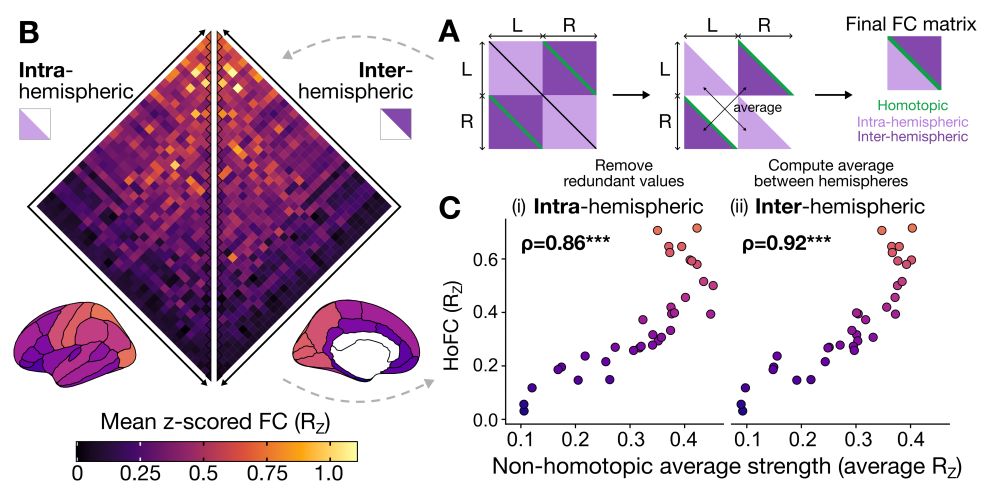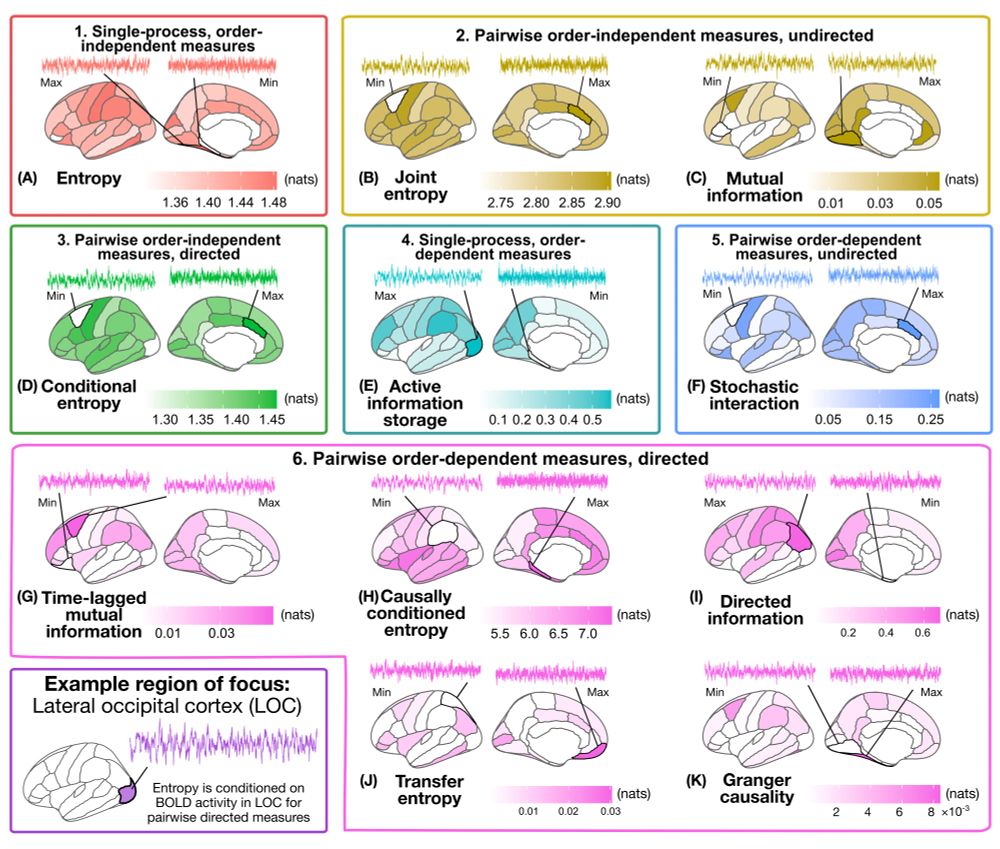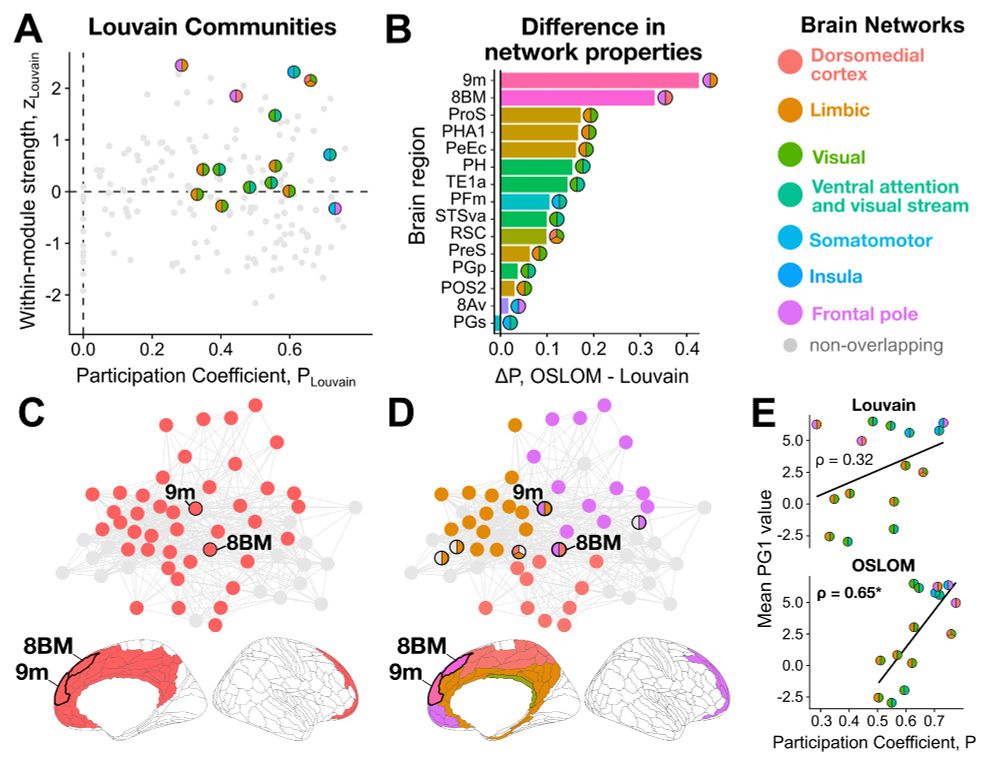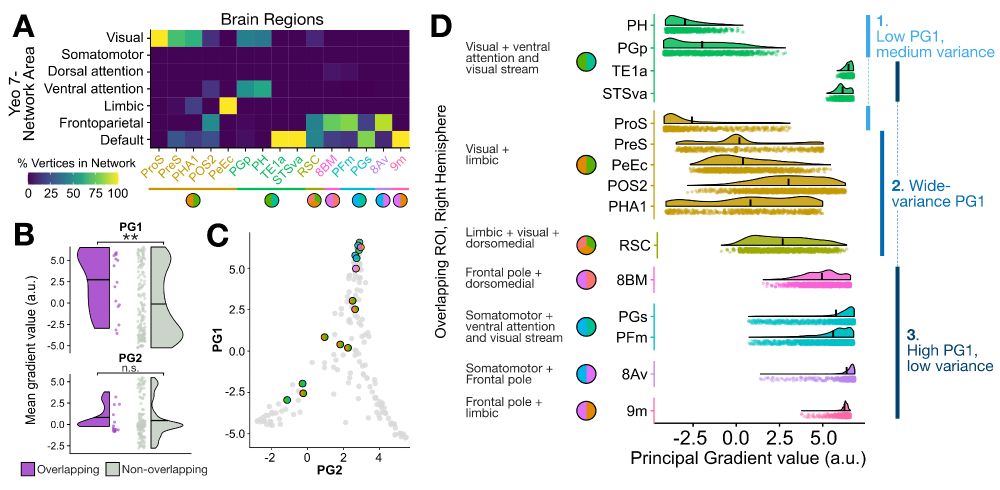
Annie G. Bryant
@anniegbryant.bsky.social
PhD candidate in the Dynamics and Neural Systems Lab at The University of Sydney 🧠
I'm probs either biking, hammocking, and/or caffeinating rn ☀️🌻
I'm probs either biking, hammocking, and/or caffeinating rn ☀️🌻
Thank you all for the great chats about this work and the inspiring ideas for where to go next with this project!
And a big thank you to @bendfulcher.bsky.social and @macshine.bsky.social for your guidance and support throughout this project, as with all others of my PhD 😊
And a big thank you to @bendfulcher.bsky.social and @macshine.bsky.social for your guidance and support throughout this project, as with all others of my PhD 😊

June 29, 2025 at 3:21 AM
Thank you all for the great chats about this work and the inspiring ideas for where to go next with this project!
And a big thank you to @bendfulcher.bsky.social and @macshine.bsky.social for your guidance and support throughout this project, as with all others of my PhD 😊
And a big thank you to @bendfulcher.bsky.social and @macshine.bsky.social for your guidance and support throughout this project, as with all others of my PhD 😊
Big shout-out to @jlizier.bsky.social, whose patience, dedication, and guidance in supervising me through this project have been invaluable 🙏 Thank you also to our other fab co-authors for their insightful input as always: Oliver Cliff, @macshine.bsky.social, and @bendfulcher.bsky.social!
May 20, 2025 at 3:29 AM
Big shout-out to @jlizier.bsky.social, whose patience, dedication, and guidance in supervising me through this project have been invaluable 🙏 Thank you also to our other fab co-authors for their insightful input as always: Oliver Cliff, @macshine.bsky.social, and @bendfulcher.bsky.social!
I learned so much through working on this piece! My goal with this is to share a beginner-friendly and intuitive guide for all my fellow visual learners out there, that also doesn’t shy away from the maths and important nitty-gritty details 😊
May 20, 2025 at 3:28 AM
I learned so much through working on this piece! My goal with this is to share a beginner-friendly and intuitive guide for all my fellow visual learners out there, that also doesn’t shy away from the maths and important nitty-gritty details 😊
Unbiased opinion, but I’m really interested in how we can get the most bang for our info theory buck in computational neuroscience 🧠 So, we demo the implementation and interpretation of all 11 measures with an illustrative BOLD fMRI case study:

May 20, 2025 at 3:28 AM
Unbiased opinion, but I’m really interested in how we can get the most bang for our info theory buck in computational neuroscience 🧠 So, we demo the implementation and interpretation of all 11 measures with an illustrative BOLD fMRI case study:
We organized 11 measures into 6 categories according to temporal dependency and the type(s) of dynamical properties each measure captures. These measures are summarized in one large ‘pocket reference’ schematic, and we then zoom in to discuss the ‘what/how/why’ of each measure individually 🔎

May 20, 2025 at 3:27 AM
We organized 11 measures into 6 categories according to temporal dependency and the type(s) of dynamical properties each measure captures. These measures are summarized in one large ‘pocket reference’ schematic, and we then zoom in to discuss the ‘what/how/why’ of each measure individually 🔎
Thank you very much to the COGITATE Consortium for openly sharing the MEG data we used in our analyses, and to our supervisors @bendfulcher.bsky.social and @macshine.bsky.social for supporting our first fully independent PhD project. Hope you enjoy, and we’re very open to feedback! 😊
April 14, 2025 at 4:07 AM
Thank you very much to the COGITATE Consortium for openly sharing the MEG data we used in our analyses, and to our supervisors @bendfulcher.bsky.social and @macshine.bsky.social for supporting our first fully independent PhD project. Hope you enjoy, and we’re very open to feedback! 😊
All the data viz code is in our repo (though it's currently still a bit of spaghetti code while I finish organizing my bits 🍝): github.com/DynamicsAndN...
And lastly I combine all my figures in Inkscape!
And lastly I combine all my figures in Inkscape!
github.com
March 21, 2025 at 2:49 AM
All the data viz code is in our repo (though it's currently still a bit of spaghetti code while I finish organizing my bits 🍝): github.com/DynamicsAndN...
And lastly I combine all my figures in Inkscape!
And lastly I combine all my figures in Inkscape!
Thank you, Tara! I swear by the R package "ggseg" (led by @drmowinckels.io) for brain map visualization and the python package @networkx.bsky.social for the circular network connectivity plots 😊
March 21, 2025 at 2:47 AM
Thank you, Tara! I swear by the R package "ggseg" (led by @drmowinckels.io) for brain map visualization and the python package @networkx.bsky.social for the circular network connectivity plots 😊
Thank you to @aditijh.bsky.social for welcoming me to join her in this project this last year, to our supervisors @bendfulcher.bsky.social, @alexfornito.bsky.social, @lawraga.bsky.social & fantastic co-authors Patrick Cahill, Brandon Lam, @stuartoldham.bsky.social, and @aurinaarn.bsky.social!
March 21, 2025 at 2:20 AM
Thank you to @aditijh.bsky.social for welcoming me to join her in this project this last year, to our supervisors @bendfulcher.bsky.social, @alexfornito.bsky.social, @lawraga.bsky.social & fantastic co-authors Patrick Cahill, Brandon Lam, @stuartoldham.bsky.social, and @aurinaarn.bsky.social!
Together with new biological insights into the brain’s overlapping structural architecture, this work introduces a generalizable method for systematically comparing overlapping community detection algorithms to an ensemble of simulated networks tailored to your particular dataset at hand:

March 21, 2025 at 2:16 AM
Together with new biological insights into the brain’s overlapping structural architecture, this work introduces a generalizable method for systematically comparing overlapping community detection algorithms to an ensemble of simulated networks tailored to your particular dataset at hand:
In contrast to Louvain clustering, which doesn’t allow overlapping assignments, OSLOM can disentangle communities bridged by two key regions, with the flexibility to capture the brain as a complex system characterized by fluid distributed interactions:

March 21, 2025 at 2:16 AM
In contrast to Louvain clustering, which doesn’t allow overlapping assignments, OSLOM can disentangle communities bridged by two key regions, with the flexibility to capture the brain as a complex system characterized by fluid distributed interactions:
These 15 nodes generally (though not always!) sit at the apex of the topographical hierarchy of the cortex quantified by the first principal gradient (PG) of functional connectivity (shoutout to Dan Margulies for sharing the data via neuromaps from Ross and Justine in @misicbata.bsky.social lab):

March 21, 2025 at 2:14 AM
These 15 nodes generally (though not always!) sit at the apex of the topographical hierarchy of the cortex quantified by the first principal gradient (PG) of functional connectivity (shoutout to Dan Margulies for sharing the data via neuromaps from Ross and Justine in @misicbata.bsky.social lab):

